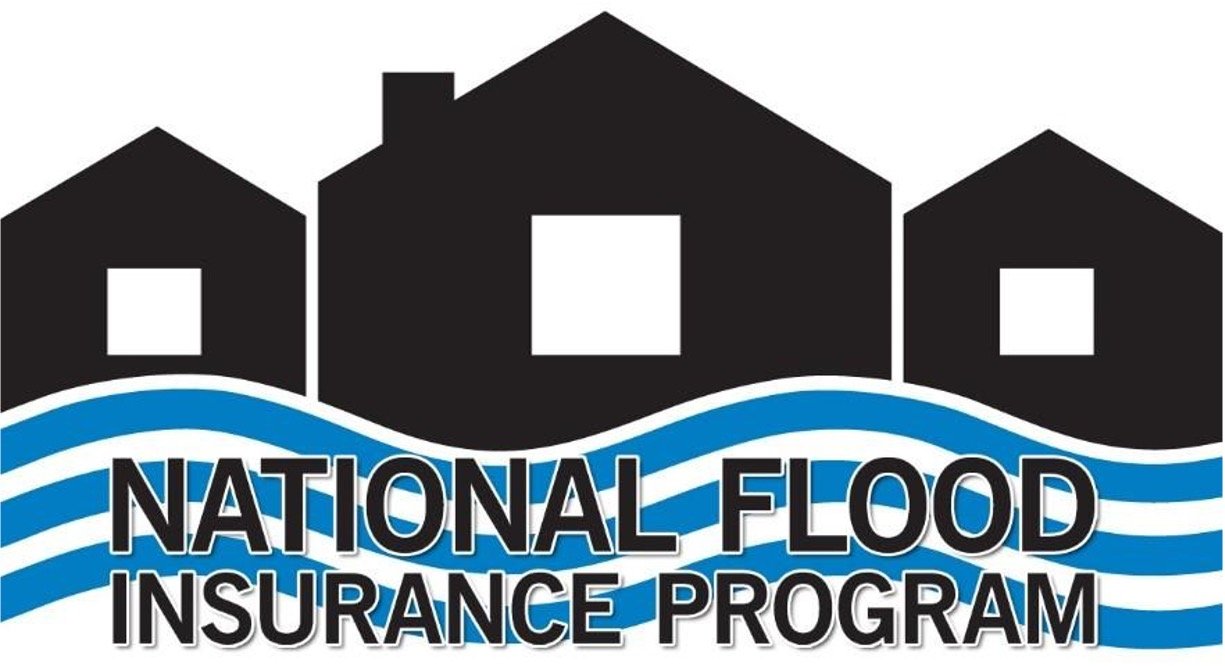
Advanced Flood Modeling and Analytics at the Nexus of Physical Simulation and AI
A changing climate demands a new generation of analytic capability
Number of weather/climate disaster events with losses exceeding $1 billion (NOAA 2024)
Climate change is rapidly and radically changing the landscape of risk for physical assets to weather and climate-related events.
Analytics and risk quantification used by insurance companies, such as hazard maps and purely data-driven models are largely reliant on historical data, but this is no longer sufficient – tools are needed that can directly and accurately evaluate the consequences of weather events that occur with greater intensity, frequency, and in new locations.
While data-driven approaches are challenged by changing trends, traditional physics-based modeling is limited by high barriers of entry to users and significant computational burden that restrict widescale deployment, modeling of a wide range of scenarios, and probabilistic analyses.
Flowcore:
Advanced flood analytics for a changing climate
Flowcore is an end-to-end three-component risk and loss analysis tool, focusing on characterization of insurable assets, flood hazards, and vulnerability.
Open-source property data is augmented with machine learning algorithms to create a comprehensive property dataset. Flood behavior is modeled using geospatial data and rainfall intensity, using physical simulation accelerated with artificial intelligence. These analyses are combined into financial loss metrics using engineering-based vulnerability relationships.
-
Leveraging machine learning powered data augmentation methods to predict missing property characteristics and identify where existing values may be incorrect
-
Automated characterization of areas of interest through ingestion of digital elevation models and water body and streambed boundaries
-
Providing end-to-end calculations of financial loss resulting from flood events
01. Property Exposure Data
Synthetik’s Enhanced Property Exposure Data pipeline relies on multiple repositories of open-source data, such as the National Structures Inventory, OpenStreetMap, and Microsoft’s Building Footprints to create a comprehensive dataset of building data and improve total coverage relative to individual data sources.
Entities are resolved at the property level to create a unified registry of property data. Machine-learning powered data augmentation methods are used to predict missing property characteristics or identify where existing values may be incorrect.
02. Flood Hazard Model
Synthetik has developed a proprietary GPU-accelerated solver of the shallow water equations, allowing a first principles-based prediction of flood behavior for a particular area of interest and given precipitation event. Characterization of an area of interest is automated through ingestion of digital elevation models and water body and streambed boundaries.
While our GPU-accelerated solver allows rapid delivery of high-resolution analytics, our flood hazard models may also be deployed using a physics-informed neural network capable of delivering virtually instantaneous results.
03. Flood Damage Module
Synthetik’s flood analytics provide end-to-end calculations of financial loss resulting from flood events. Property characteristics are used to inform selection of vulnerability relationships relating flood severity to financial loss for structures and contents at the property level.
These vulnerability curves are used to translate modeled flood hazards into financial losses via estimations of property value. Losses may be evaluated for individual properties of interest, or aggregated over an entire event to determine total loss.
Differentiators
Flowcore offers a step change in capability relative to traditional flood risk management and analytic tools
Asset characterization
Our asset characterization pipeline leverages multiple open datasets. This allows analysis of regions where insurers do not have existing understanding of the asset portfolio. Alternatively, insurer or reinsurer portfolios may be ingested directly.
Domain characterization
Domain characterization for our flood models is performed using automated processes based on geospatial data sources with global coverage. Flowcore can be rapidly deployed in emerging markets, where flood hazards have not been considered previously, or where traditional products such as flood hazard maps are not available.
PINN model
Use of our PINN model allows for virtually instantaneous generation of high-resolution loss analytics for an area of study. This enables high-volume outputs to generate probabilistic analyses and evaluate a range of potential outcomes to address uncertain climactic conditions.
Flood hazard evaluation
Flood hazard evaluation is based on first-principles analysis, allowing characterization of any possible rainfall scenario and potential green swan events.
Beyond flooding
Synthetik’s flood platform establishes a framework that may be directly applied to a wide range of insurable assets and perils
Inspired by Synthetik’s successful products for terrorism analytics, our flood platform is based on an extensible framework, consisting of characterization of:
Asset
Vulnerability
Peril
Development of our flood analytic platform will provide a direct roadmap for extension into other peril types, such as urban heat, wildfires, and human-based threats.
UrbanScale – Synthetik’s NOAA-Funded Physics-Informed Neural Net Platform for Predicting and Modeling of Urban Heat Islands
Our partners
About Synthetik
Synthetik Applied Technologies is an agile research and development company specializing in risk, security, and protection. We create breakthrough technology to mitigate significant threats to the world around us, including terrorism, extreme events, and global environmental impacts.



















